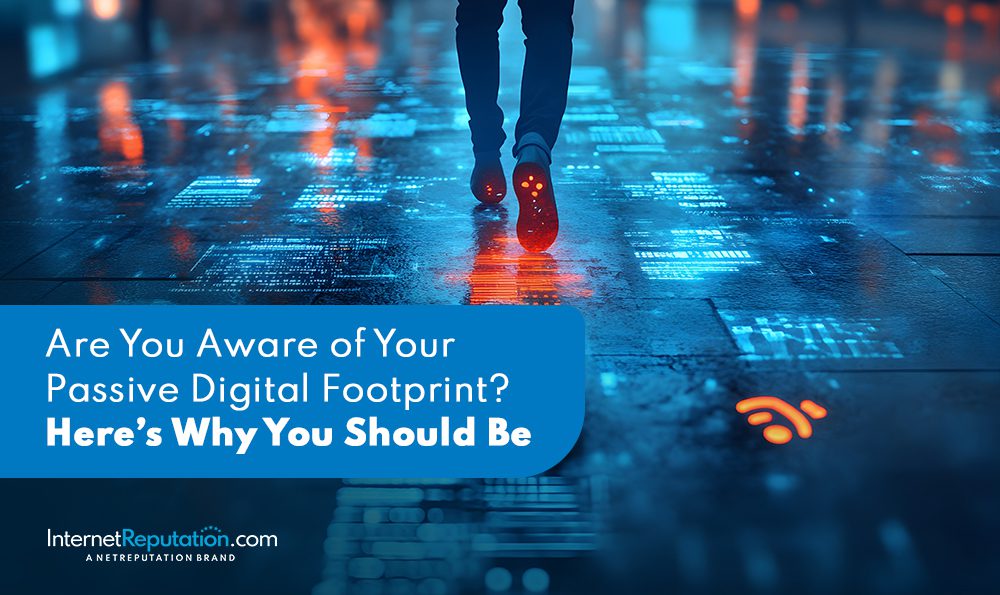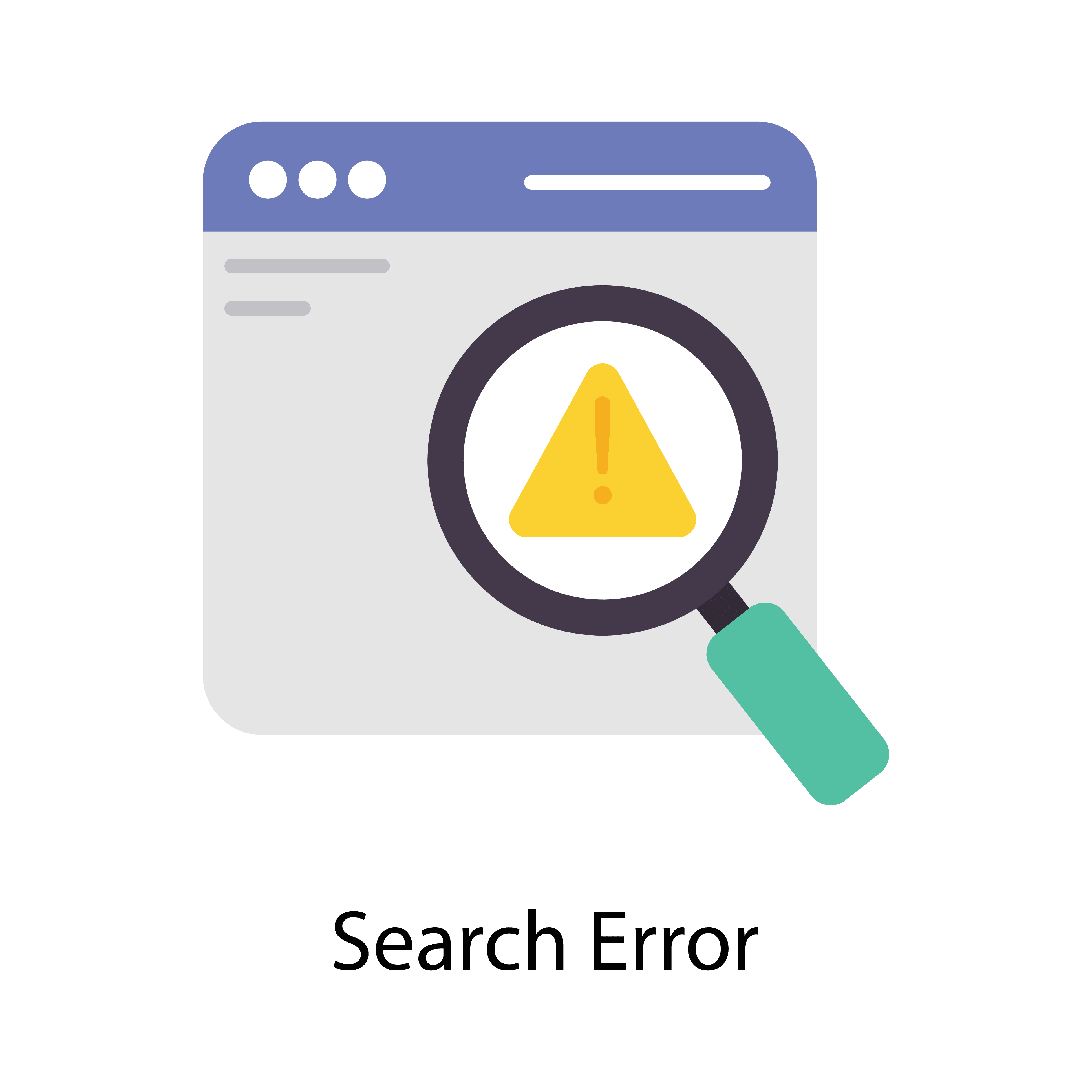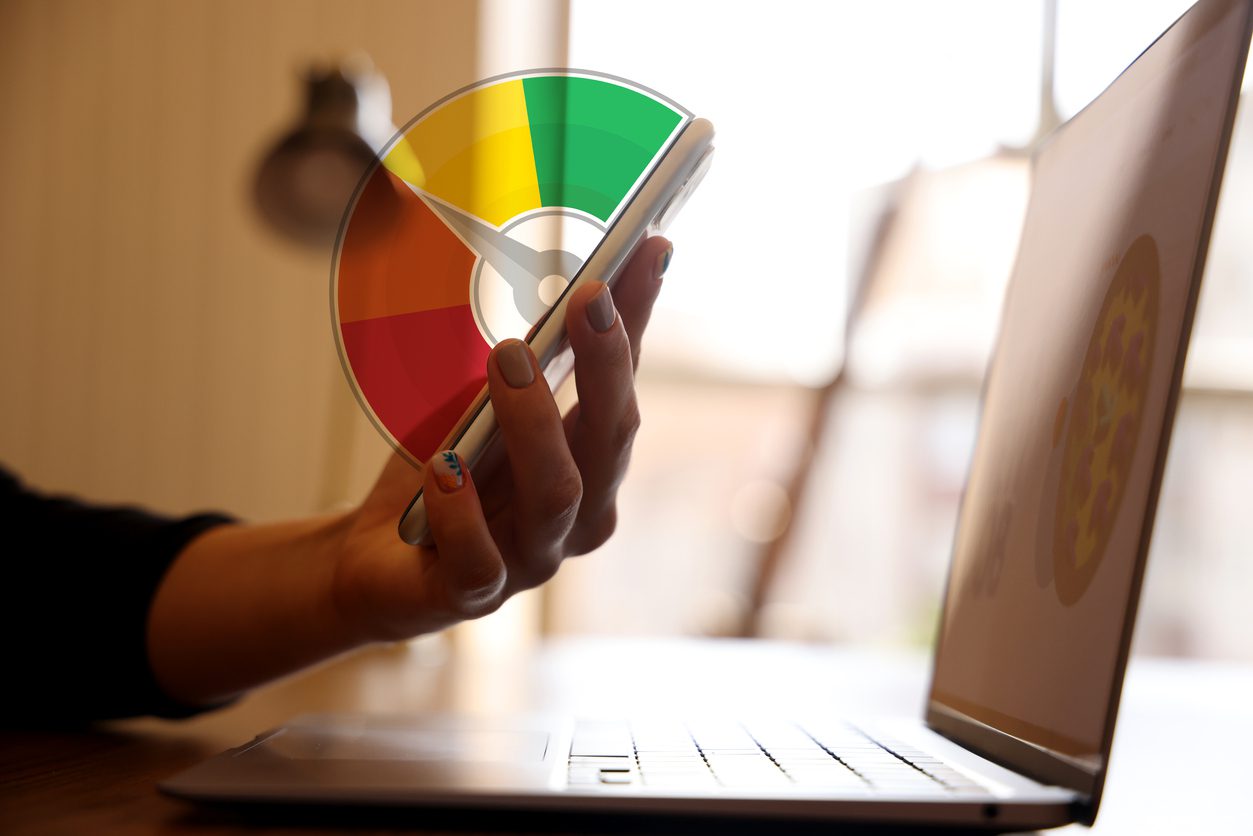Are You Aware of Your Passive Digital Footprint? Here’s Why You Should Be

Every click, search, and interaction leaves a trace—your digital footprint. While many internet users are aware of the data they actively contribute to their online presence through activities like social media posts and online shopping, they often overlook the concept of a passive digital footprint. This includes information collected by websites and services without explicit user input, such as browsing history, digital tracing data, and data from digital marketing. Understanding this passive footprint is crucial for managing personal privacy and cybersecurity.
What Is a Digital Footprint?
A digital footprint refers to the extensive data trail created by your online activities. It encompasses both active and passive digital footprints. The active digital footprint consists of data you intentionally share, like social media posts, comments on blogs, and online form submissions. In contrast, the passive digital footprint is made up of data collected automatically, such as your browsing habits, search history, cookies, and interactions with social media platforms and websites that track your online behavior.
This information can be used in various ways, including by cybercriminals for identity theft or by marketers for targeted advertising. Understanding and managing your digital footprint is key to protecting your privacy and online reputation, ensuring you maintain a positive digital footprint in the digital age.
Active vs. Passive Digital Footprints
Your digital footprint can be broken down into two main categories:
- Active Digital Footprint: This is data you willingly share through activities like posting on social media sites, completing online forms, engaging with social networking sites, or commenting on blogs. These actions contribute to your online persona and are part of your active footprint.
- Passive Digital Footprint: This includes data collected without your active involvement, such as your browsing history, cookies, search queries, and interactions with websites that track your online behavior. It also includes data from apps that disclose information and the hidden process of installing cookies.
While the active footprint is easier to control, the passive footprint is often more challenging. Automated processes create it, and you may be unaware of the collected data, which contributes to your digital shadow.
Why Should You Care About Your Passive Digital Footprint?
Your passive digital footprint is a potential vulnerability. The data it creates can be accessed by marketers, data brokers, and even cybercriminals, making it a target for misuse. Companies use this information for personalized advertising, but it can also be exploited for more malicious purposes, like identity theft.
Additionally, the data you unknowingly share can negatively impact your online reputation. Information about your browsing habits, location, or social media interactions might be used to make assumptions about you, which could affect job opportunities or personal relationships. Potential employers often review your online persona, and a negative digital footprint can be a disadvantage.
Privacy Concerns and Cybersecurity Risks
A major concern surrounding your passive digital footprint is privacy. Data collected without your consent can be used to create detailed profiles that are sold or shared with third parties. This information may include sensitive details like your shopping habits, location, and personal preferences.
Cybersecurity risks also arise from your passive footprint. Without your knowledge, hackers could exploit your data for malicious purposes, including identity theft and financial fraud. For instance, a hacker could piece together your location, job history, and personal interests to create a detailed profile, making you a prime target for phishing or other scams.
Managing Your Passive Digital Footprint
While it’s impossible to erase your passive digital footprint completely, there are steps you can take to minimize its impact and better protect your privacy:
- Review Your Privacy Settings: Check the privacy settings on your social media profiles and websites you frequent. Make sure you know who can see your posts and what data you’re sharing. This helps prevent websites from collecting unnecessary information.
- Use Privacy-Focused Tools: Tools like VPNs (Virtual Private Networks), privacy-focused search engines like DuckDuckGo, and browser extensions such as Norton AntiTrack or AVG AntiTrack can help protect your personal data and reduce the amount of information collected about you.
- Clear Your Browsing History and Cookies: Regularly clear your search history and cookies to limit the data available to websites and advertisers. This helps protect your internet history and sensitive information.
- Monitor Your Online Presence: Regularly search for your name online to see what information is publicly accessible. This can help you spot unflattering or outdated content that could negatively impact your reputation.
- Limit the Information You Share: Be mindful of the personal details you share online. Avoid posting sensitive information such as your home address, phone number, and birthdate. This helps protect your private data from being misused.
The Impact on Your Reputation
Your passive digital footprint can also influence how others perceive you online. Information collected—often without your knowledge—can shape your reputation in ways you may not control. Negative or outdated data appearing in search results can impact potential job opportunities or personal relationships. That’s why it’s essential to manage your online reputation actively, ensuring that the information available about you is accurate and positive.
How to Protect Your Privacy
Here are a few more tips for managing and protecting your passive digital footprint:
- Use Privacy-Focused Search Engines: Switching to search engines like DuckDuckGo can minimize the data collected about you while browsing.
- Be Selective with Social Media: Adjust privacy settings on platforms like Facebook, Instagram, and LinkedIn to limit the amount of personal information shared. This reduces the traceable data associated with your social media presence.
- Regularly Audit Your Accounts: Check and update your online accounts, removing and securing outdated or unnecessary data. This prevents old accounts from becoming vulnerabilities.
- Use Strong Passwords: Protect your accounts with unique, strong passwords. Consider using a password manager to keep track of them. This helps secure your online banking and financial data.
Conclusion
Your passive digital footprint is an inevitable part of modern online life, but it doesn’t have to be a security risk. By limiting the data you share, using privacy-focused tools, and regularly monitoring your online presence, you can minimize the impact of your passive footprint and safeguard your personal information.
Stay vigilant about your digital hygiene, and you’ll be better equipped to handle the challenges of an increasingly connected world. Protect your digital footprint to maintain a secure and positive online reputation.



